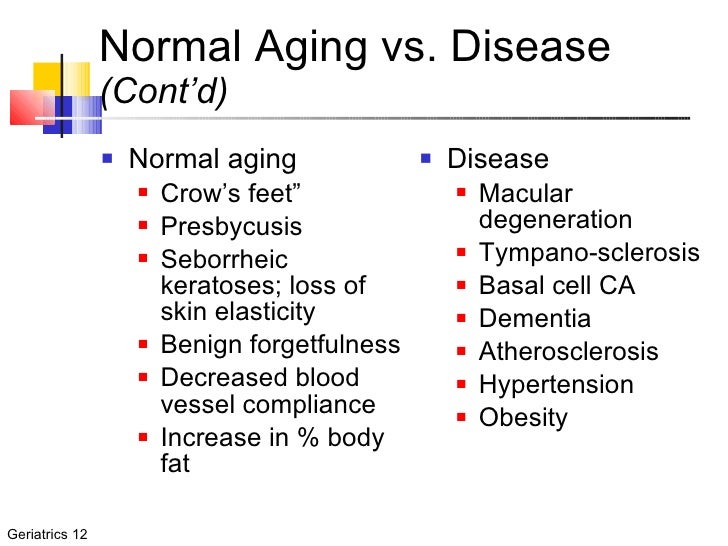
Among psychiatric disorders, there has been an increasing interest in more holistic conceptualizations of illness etiology, owing to the marked comorbidity with chronic medical problems. In addition, there is reason to suspect that the impact of neuropsychiatric illnesses will outpace physical illnesses in accounting for total disability in coming years-for example, mental illnesses had a negative effect on gains in life expectancy in high income countries in the past decade ( 6). However, cognitive and emotional aspects of successful aging are frequently described by older adults as central to subjective definitions of successful aging ( 5). As such, cognitive and emotional phenotypes are thus less well studied in the context of successful aging. To date, phenotypic descriptions of successful aging have largely been centered on the absence of physical disabilities or systemic medical illnesses ( 4). However, we believe successful aging is relevant to psychiatry and to psychiatrists for several reasons. By most definitions, the presence of neuropsychiatric illness would automatically preclude successful aging. On the surface, psychiatry and successful aging would seem to have little to do with one another. What is the relevance of successful aging to psychiatry? We review recent research on the definition, determinants, and interventions for successful aging in individuals with and without mental illnesses. Nonetheless, recent years have seen a surge in studies expressly and indirectly relevant to successful aging and its promotion. As described by Rowe and Kahn three decades ago, much of the body of research on aging focuses on differentiating pathological aging from normal aging ( 3), and a far smaller body of research seeks to determine what differentiates older adults who seem to function better than that expected from those who follow the typical course of aging. Yet, there remains little consensus about what factors comprise the essential ingredients of successful aging. These initiatives seem to be in agreement that promotion of “successful aging” must focus more broadly than on mitigation and prevention of specific chronic diseases, targeting positive states of health and well being.

Accordingly, a variety of global public health agencies have developed initiatives to promote successful aging (e.g., Centers for Disease Control’s Healthy Brain Initiative and the World Health Organization’s World Health Day focus on healthy aging), in order to reduce disparities in attaining maximum healthy life expectancy where evident. In the developed world, the leading causes of mortality are nearly all age associated, marking a major shift in just one hundred years from infectious diseases as leading causes of death.

Administration on Aging, and, within the next 5 years, there will be more older adults than there will be children younger than age five for the first time in recorded history ( 2). The number of adults over the age of 65 will double between the years 20 according to the U.S.

The growth of the aging population might be the number one public health issue facing the world ( 1).


 0 kommentar(er)
0 kommentar(er)
